

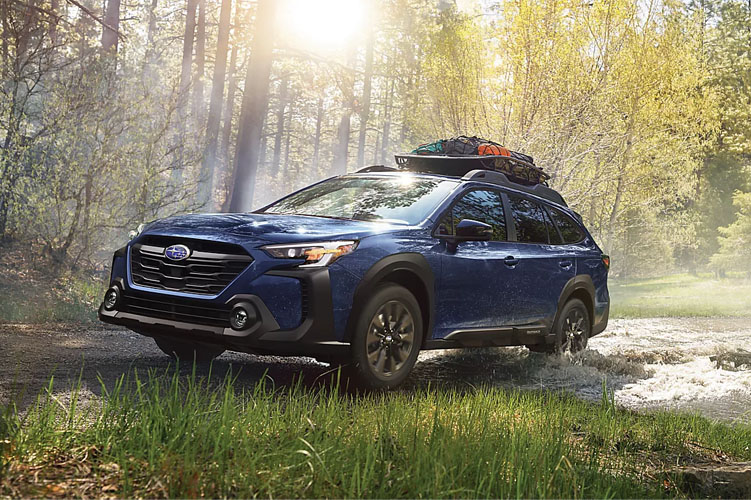
The choice between 4WD and AWD can substantially affect your driving experience. These systems provide better traction but serve different purposes. AWD systems work automatically without driver input and are built for on-road use. 4WD systems need the driver's involvement and perform best in off-road conditions.
AWD and 4WD differences extend beyond their basic operation. Cars and crossovers usually come with AWD, which gives better fuel economy and handles slippery roads well. 4WD systems are mostly found in SUVs and pickup trucks. They excel at towing and perform better in extreme weather and off-road adventures. This piece will help you pick the system that fits your driving needs and lifestyle best.
Your specific driving needs and conditions will determine whether you should choose 4WD or AWD. Let me break down the factors that should shape your decision.
AWD has clear benefits for everyday drivers. The system works on its own and distributes power between wheels without any input from you. You'll also get better fuel economy with AWD compared to 4WD systems.
These are the main factors you should think over:
Most people who drive on paved roads and face occasional bad weather will find AWD to be their best choice. You won't need to manually engage the system to get better traction. People living in remote areas or regularly tackling challenging terrain should go with 4WD since it handles extreme conditions better.
Note that whatever system you pick, your tire choice is vital in maximizing performance. Tests show that front-wheel-drive vehicles with snow tires can outperform AWD vehicles with all-season tires in severe winter conditions.
Let's examine how these drive systems work under challenging conditions. Both AWD and 4WD excel in different scenarios, especially when adverse weather and terrain occur.
AWD systems monitor wheel traction through sensors and automatically redirect power to wheels with better grip. 4WD provides manual engagement options simultaneously delivering maximum torque to all wheels, making it work better in deep snow conditions.
These performance factors stand out:
The drive system alone doesn't guarantee optimal performance, in spite of that. Winter tires can improve traction by 25-50% over all-season tires. The most advanced AWD or 4WD systems cannot overcome the traction limitations of worn or unsuitable tires.
AWD offers continuous operation as power moves between wheels automatically during everyday winter driving. 4WD systems operate part-time and should never be used on dry pavement. 4WD with optional Hi and Lo modes delivers the torque that AWD systems cannot match in deep sand conditions.
Drive systems are changing rapidly. The market shows a significant uptake in AWD and 4WD systems, reaching 59% of light-duty vehicle production in 2022.
The future looks promising for both AWD and 4WD systems. The AWD market's current value is $38.19 billion in 2023 and will likely grow at 9.0% CAGR through 2030. The 4WD market, valued at $13.7 billion in 2022, should expand at 5.98% CAGR until 2032.
These systems showcase remarkable technical progress:
Manufacturers have reduced the effect of these systems on vehicle efficiency through continuous innovation. Electric vehicles are increasingly adopting AWD technology, with Battery Electric Vehicles (BEVs) and Plug-in Hybrid Electric Vehicles (PHEVs) leading this trend.
Drive system development now focuses on eco-friendly practices. New designs feature bio-based materials that reduce environmental impact throughout the product's lifecycle. These improvements boost performance and support global sustainability goals, making AWD and 4WD systems attractive to environmentally conscious buyers.
Knowing the difference between AWD and 4WD systems is vital before buying a vehicle. This piece explains how these systems serve different purposes. AWD provides continuous operation for daily driving, while 4WD shines in extreme conditions and off-road adventures.
Our research shows some interesting findings. AWD systems automatically distribute power and save fuel, which makes them perfect for city drivers who sometimes face bad weather. 4WD systems, on the other hand, perform better on challenging terrain. They need more maintenance and driver involvement.
The market shows both systems will keep growing, with the most important technological improvements coming soon. Electronic controls and predictive algorithms are making these systems perform better. Electric vehicles are also showing promising developments for sustainability.
Your specific needs will help you choose between AWD and 4WD. Consider your driving environment, vehicle's purpose, and maintenance priorities. Whatever system you pick, the right tires are vital for the best performance and safety.
The future looks bright for both systems. As materials and control systems improve, they will become more efficient and eco-friendly. These changes will give drivers better options to handle road conditions and terrains of all types.
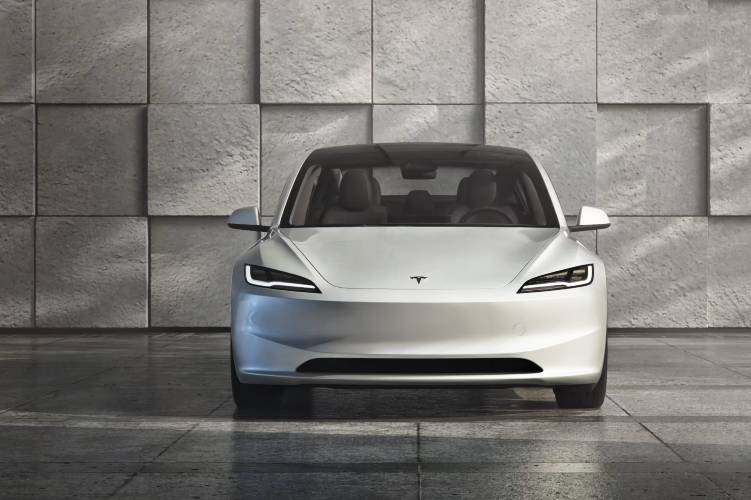
The automotive landscape witnessed a seismic shift...
October 27, 2024
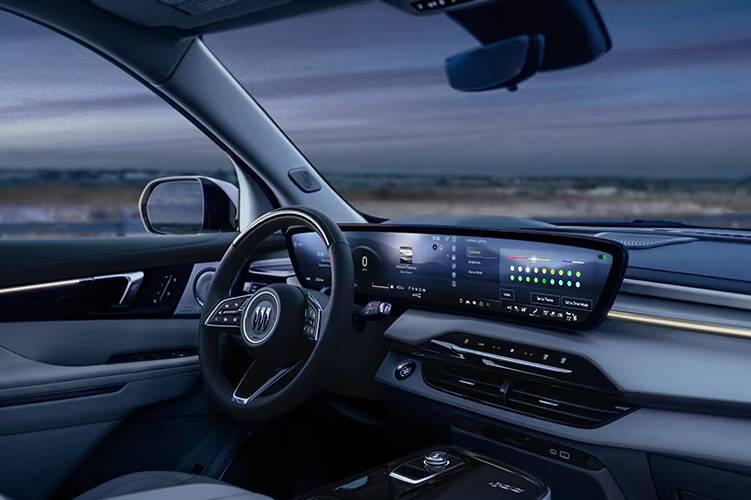
The landscape of in-car technology is on the brink...
October 27, 2024

The automotive world is abuzz with excitement as C...
October 27, 2024
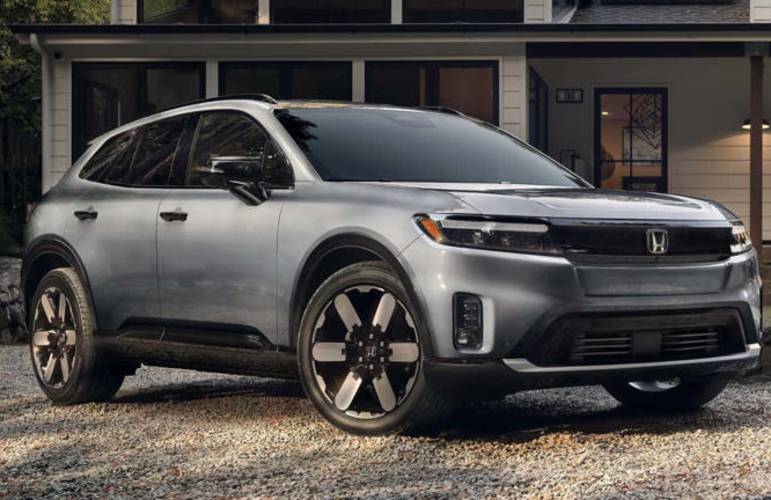
The electric vehicle (EV) landscape is about to un...
October 27, 2024
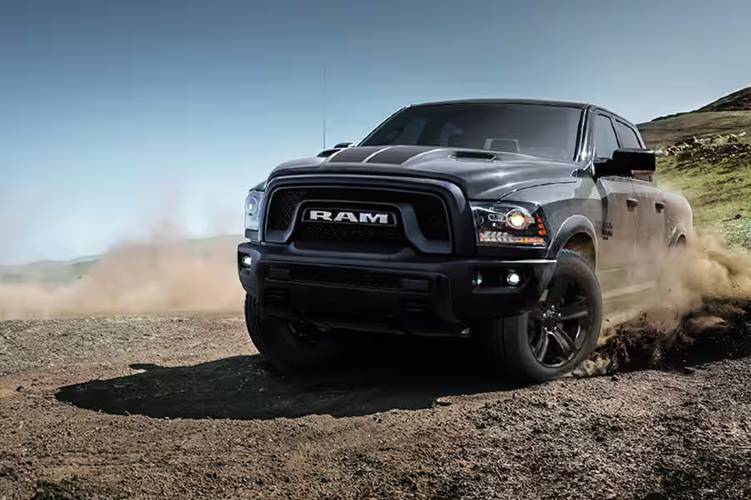
The used truck market can be a complex landscape t...
October 27, 2024
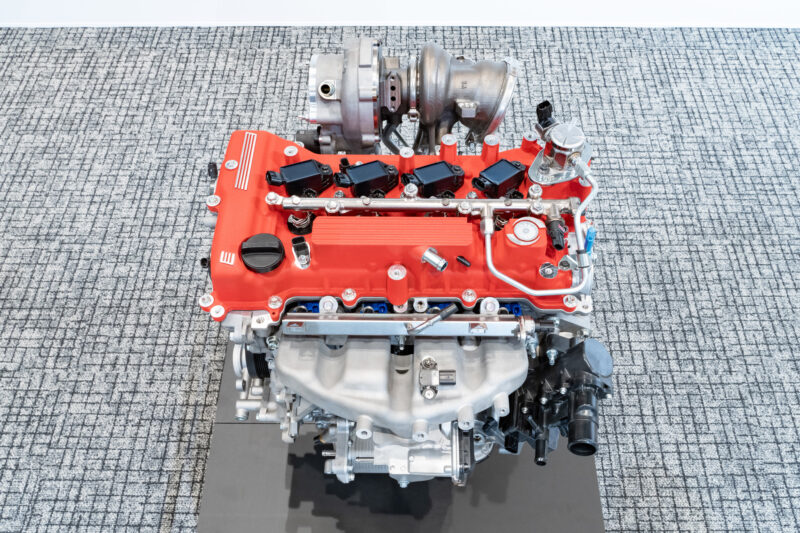
Toyota's latest engineering feat is a 2.0-liter en...
November 07, 2024
Click to read more ...
Best Dream Car requests your location to offer personalized results and improve your experience.
Would you like to allow location access?